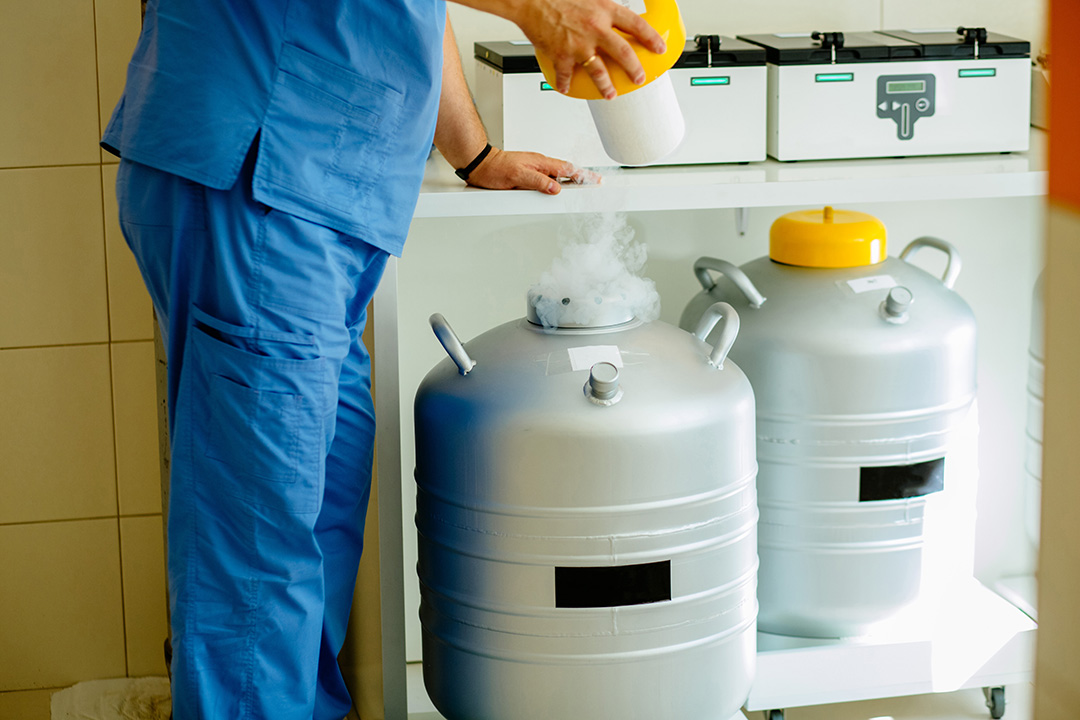What are Cryogens?
Cryogenics is a substance used in many university laboratories to create abnormally low temperatures. With cryogens reaching temperatures well below the coldest temperature on Earth, they are excellent for storage and cooling equipment, but can be dangerous if not handled with care.
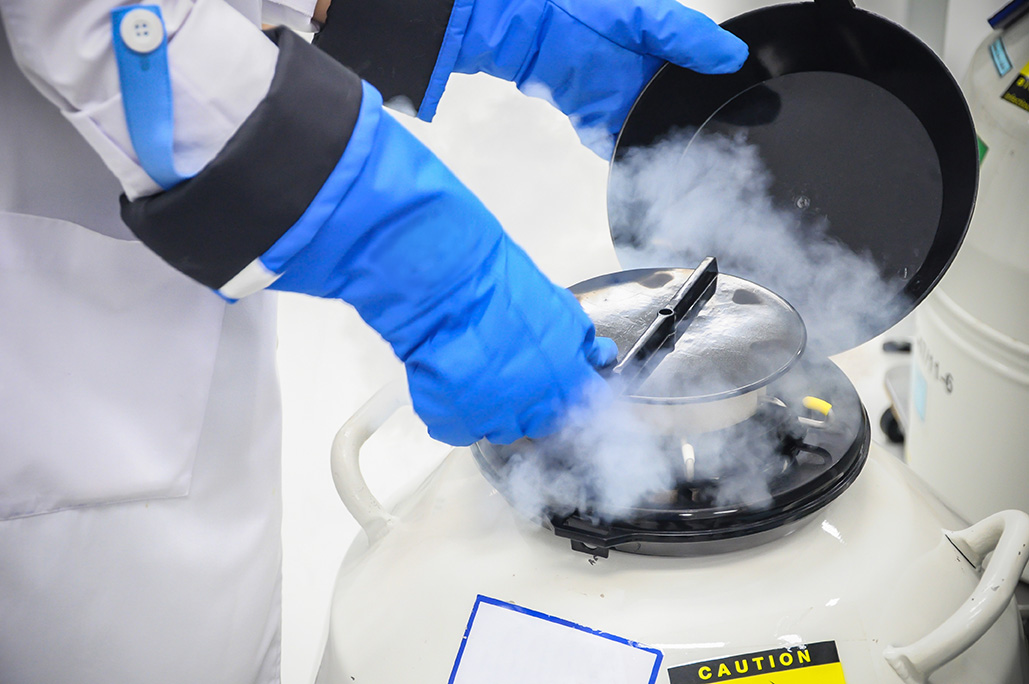
University labs use cryogens, including argon, nitrogen and oxygen, to store biological samples, create inert atmospheres or cool lab equipment. Depending on the amount used, they may be stored in a variety of containers including dewars, cryogenic liquid cylinders or cryogenic storage tanks. These liquids are typically odorless, colorless and tasteless when vaporized, but create a heavy fog when exposed to the atmosphere.
Cryogens can reach temperatures below negative 240˚F (negative 150˚C). By comparison, the East Antarctic Plateau, high on a ridge between two summits, the temperature has hit a record low of negative 148˚F (negative 100˚C), making it the coldest place on Earth.
Understand the Dangers of Cryogens
Extreme temperatures carry extreme risks, especially in university labs primarily used by students. With new students in the lab every year, the stakes are even higher. If proper precautions aren’t taken, cryogenic liquids and their vapors can make rubber and plastic brittle under stress and can even freeze human tissue.
Lab workers need to be cautious of how cryogens interact with the surrounding atmosphere. Cryogens in containers or piping at or below the boiling point of liquefied air can, through condensation, create a localized, oxygen-enriched atmosphere. Hydrogen and helium in particular can freeze the surrounding air. With cryogen spills spreading rapidly to fill areas, the atmosphere can quickly become hazardous.
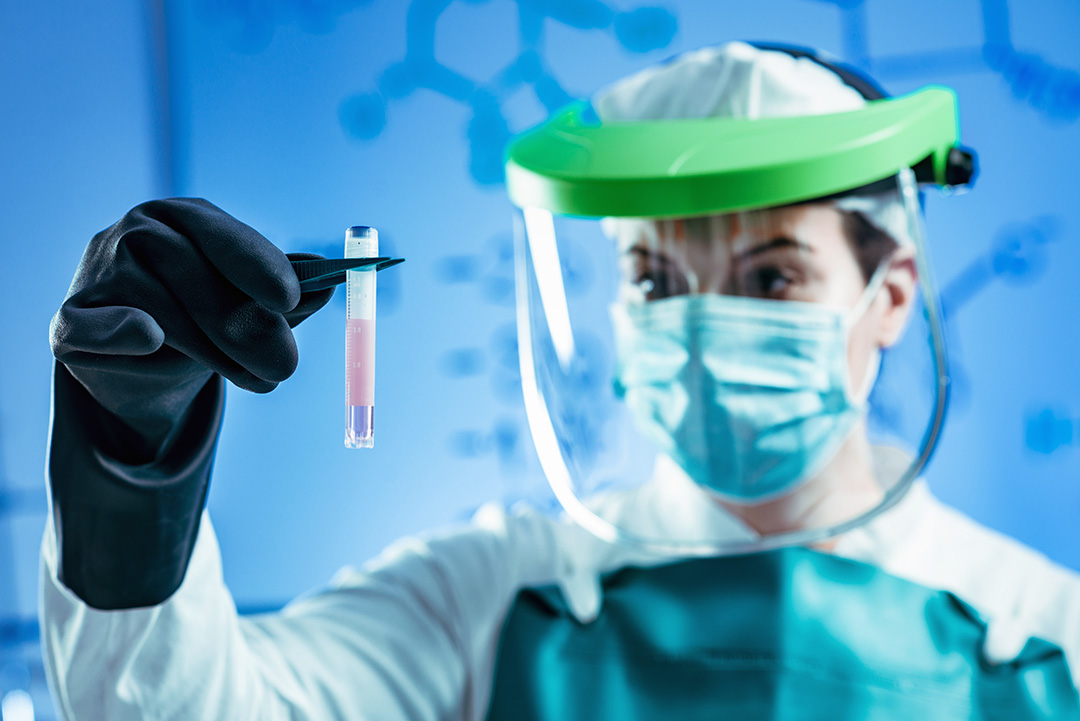
With these dangers, lab safety training is critical for all lab workers who may come into contact with cryogens, even if they aren’t working with them directly. Lab workers generally need to wear personal protective equipment (PPE), and their employer or institution must determine what PPE is appropriate and necessary.
The PPE that workers are required to use must be determined through a workplace hazard assessment. Employers must provide any necessary PPE to workers free of charge. Some examples of PPE that may be used include:
- Full-face shield
- Safety glasses
- Loose-fitting thermal insulated or leather gloves
- Safety shoes
- Long-sleeved shirts and pants with no cuffs
The gloves used must be specifically designed for working at temperatures below negative 112˚F (negative 80˚C). Employers must determine if any additional PPE that protects from extreme temperatures is required.
PPE training must also be provided to every lab worker. This training will typically cover the different types of PPE that are available, the uses and limitations of each type of PPE, and how to properly care for and maintain all pieces of PPE.
Training also must cover the lab’s safety plan and procedural documents, including the location of the Safety Data Sheets. Employees must know what to do if an injury, accidental release or other type of emergency occurs.
Looking for more online safety training content?
VIEW THE 800+ COURSES AVAILABLE!
Know the Safety Procedures
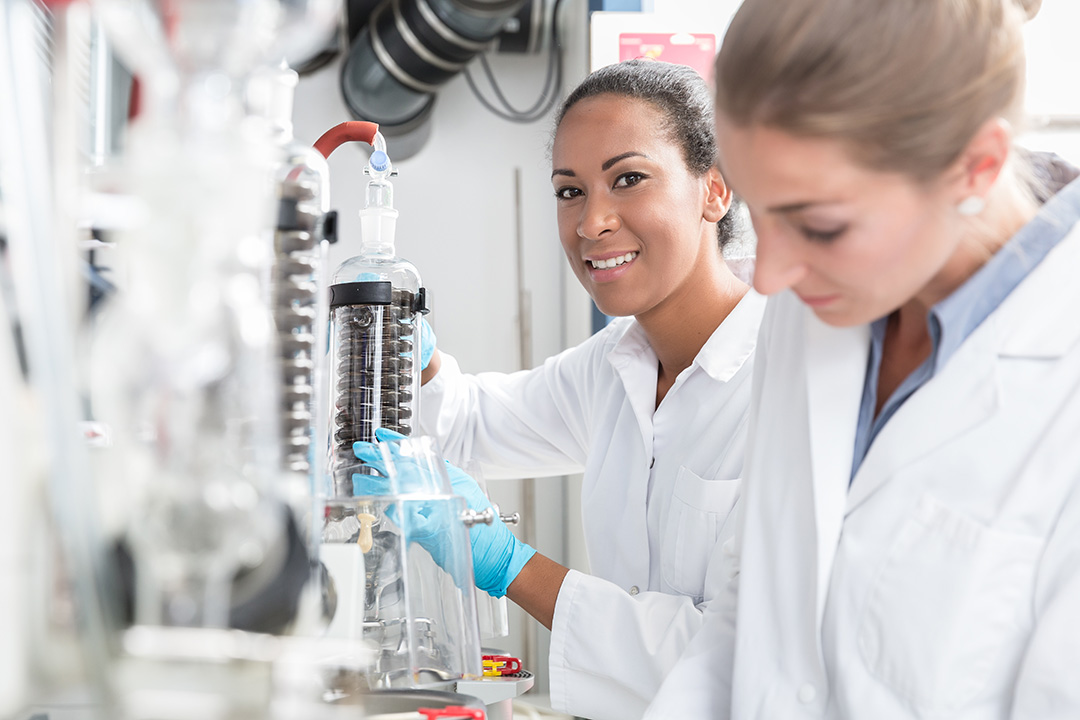
Internet videos have made cryogens look like accessible and fun tools that can be used to freeze everything from basketballs to cereal. It is important employers make it clear that the cryogens in the lab are for formal experiments only and are university property.
Not following lab procedures and rules can lead to serious injuries and permanent damage to the skin and eyes. Employees should:
- Avoid skin and eye contact
- Never use bare hands to handle cryogens or frozen materials
- Pour slowly to limit the amount of splashing
- Use wooden or rubber tongs to immerse objects
Employers must ensure that workers fully understand the importance of cryogenic safety. If uncovered skin touches a container of cryogens that isn’t insulated, the skin can become stuck and damaged. Storing cryogens in enclosed spaces can lead to oxygen-deficient atmospheres, and if stored in a sealed container above boiling point, an explosion can occur. Cryogens are not toys, and if workers do not receive appropriate training, it can lead to serious injuries or even death.
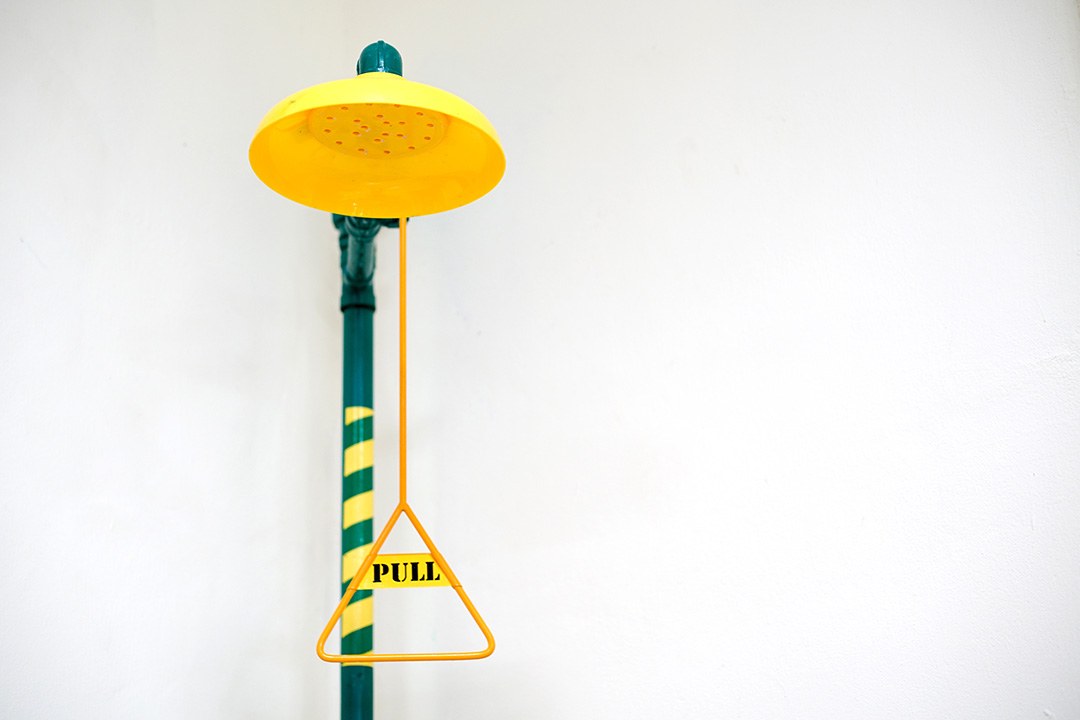
All employees should be familiar with immediate first aid for cryogen exposure to reduce the likelihood of permanent damage to skin and other sensitive body parts. If a worker is exposed without protection, any clothing that isn’t frozen to the skin should be immediately removed. The affected body part should be placed in a warm water bath, no hotter than 105˚F (40˚C).
If a significant portion of the body is affected by the exposure, victims should be showered with warm water. It is important to know that frozen tissue may not necessarily look frozen and won’t be painful right away. Once skin has been thawed, any affected areas of the body should be covered and protected with layers. Whether or not the exposure area is significant, victims should get medical attention as soon as possible.
Conclusion
Cryogens in university labs should be used carefully and always with appropriate PPE. Workers should be aware of the dangers of working with cryogens and use them only when necessary, not for personal experimentation.
When working with cryogens, knowing the dangers and how to handle them can mean the difference between a successful experiment and serious injuries. SafetySkills offers a Cryogenic Safety course to help lab workers identify cryogenic hazards and safe handling procedures.

